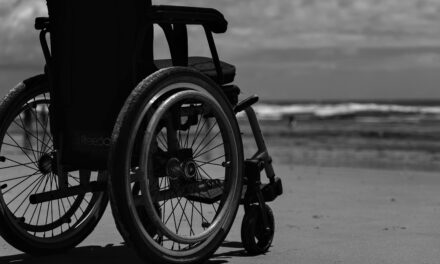
Understanding Liability in Motorcycle Accidents

Motorcycle accidents can result in significant damage, injuries, and legal complexities. When it comes to determining fault and seeking compensation, Understanding Liability in Motorcycle Accidents is crucial. In this article, we will explore the key elements of liability in motorcycle accidents, including negligence, duty of care, and the process of establishing fault.
Negligence and Duty of Care
Negligence is a central concept in determining liability in motorcycle accidents. It refers to the failure to exercise reasonable care, resulting in harm or damage to others. All road users, including motorcyclists and drivers of other vehicles, have a legal duty to exercise reasonable care while operating their vehicles. This duty of care includes obeying traffic laws, maintaining control of the vehicle, and being aware of and responsive to potential hazards on the road.
Establishing Fault
Establishing fault in a motorcycle accident involves proving that the other party’s negligence caused the accident and resulting injuries. This typically requires demonstrating the following elements:
- Duty of care: Establishing that the other party owed a duty of care to the injured motorcyclist.
- Breach of duty: Showing that the other party breached their duty of care through negligent actions or omissions.
- Causation: Proving that the other party’s breach of duty directly caused the accident and resulting injuries.
- Damages: Demonstrating the nature and extent of the damages suffered by the injured motorcyclist, such as medical expenses, lost wages, pain and suffering, and other related losses.
Comparative Negligence
In some cases, both parties involved in a motorcycle accident may share some degree of fault. California follows a comparative negligence rule, which means that the compensation awarded to an injured motorcyclist can be reduced based on their percentage of fault. For example, if it is determined that the motorcyclist was 20% responsible for the accident, their total compensation may be reduced by 20%.
Multiple Parties and Liability
Motorcycle accidents can involve multiple parties, each potentially sharing some degree of liability. For example, if a motorcyclist is involved in a collision with a car, both the driver of the car and the motorcyclist may bear some responsibility for the accident. Each party’s actions and level of negligence will be evaluated to determine the degree of liability for each.
Importance of Legal Representation
Given the complexities involved in establishing liability in motorcycle accidents, it is essential to seek legal representation from an experienced personal injury attorney. An attorney can investigate the accident, gather evidence, consult with experts, and build a strong case on your behalf. They can help protect your rights, negotiate with insurance companies, and pursue fair compensation for your injuries and damages.
Conclusion
Understanding the concept of liability is crucial in motorcycle accidents. By establishing negligence, proving breach of duty, demonstrating causation, and assessing damages, fault can be assigned and compensation sought. However, the process can be complex, and legal representation is vital to navigate the intricacies of the law and protect your interests effectively.








